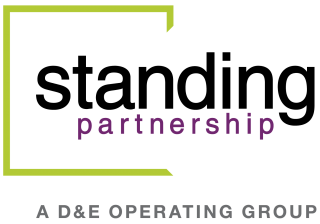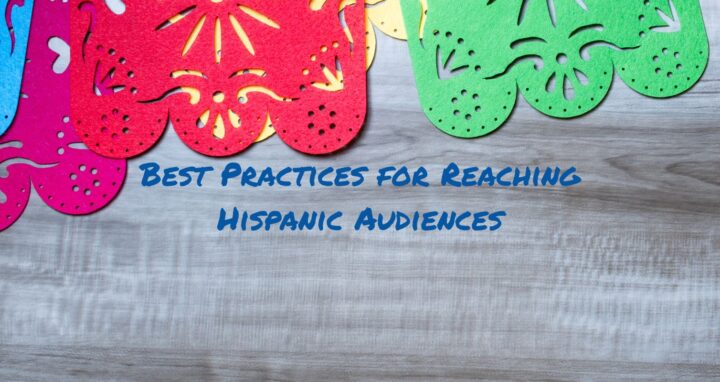This insight post is a summary of the original blog post published by Maggie Donnelly of Standing Partnership. View the original, full-length blog post.
Choosing a Sustainability Framework
Sustainability reporting has evolved from a “nice to have” to a “must have,” particularly for publicly traded companies and those in highly-regulated industries. And a fluffy corporate social responsibility report about your community impact isn’t enough anymore. Investors, NGOs, customers and employees expect companies to report specific data about their environmental impact, workforce makeup, community engagement and economic performance. Using the best sustainability framework for your needs will set you up for success with your stakeholders.
Implementing a sustainability reporting framework helps companies organize their reporting, and enable investors and other stakeholders to compare the company’s performance against its peers. Yet even companies that have been reporting for years are becoming overwhelmed by the number of frameworks out there.
Trying to figure out which reporting framework is best for you? Here’s a quick overview of the most common sustainability reporting frameworks used in the U.S.:
GRI
The Global Reporting Initiative standards are the most-widely used reporting framework globally. It is incredibly thorough, consisting of 34 possible topic areas and multiple disclosure options within each. But it’s not GRI’s intention for companies to report on all of these – instead, they encourage organizations to select the topics and disclosures that are most material (matter most) to your business and your stakeholders. GRI provides guidance on how to determine material topics as well as how data should be collected, which can be very helpful for companies who are just starting their journey.
SASB
The Sustainability Accounting Standards Board are the preferred reporting standards for the investor community. Earlier this year, BlackRock CEO Larry Fink called on all publicly traded companies to report using SASB, as more investors and analysts are evaluating how companies are handling sustainability issues before making investment decisions. SASB sets specific standards for each industry, based on the topics that are most relevant to your business. Many of these standards align with GRI disclosures, so companies often report using GRI and include a SASB index at the end of the report.
<IR>
The International Integrated Reporting Council created the International Integrated Reporting Framework, or <IR>, in 2013. It seeks to better communicate how an organization’s strategy, governance, performance and prospects help it create short, medium and long-term value. These reports are primarily geared toward global investors, lenders and insurers – similar to SASB – so it wasn’t surprising when SASB and IIRC announced in late 2020 that they will merge into a unified organization called the Value Reporting Foundation.
To find out the other six frameworks, read “Navigating the Alphabet Soup of Choosing a Sustainability Framework.”
AGENCY PROMO & BIO:
Standing Partnership is a marketing and corporate communications consulting firm located in St. Louis that excels at strategy and execution. Since 1991, their consultants have worked with business leaders in agriculture, healthcare, professional services, manufacturing and other major industries to accelerate growth by tying marketing to the bottom line. Through messaging, brand identity, executive communications, stakeholder engagement, corporate social responsibility reporting, and crisis preparedness, Standing Partnership helps organizations gain market and societal acceptance.




